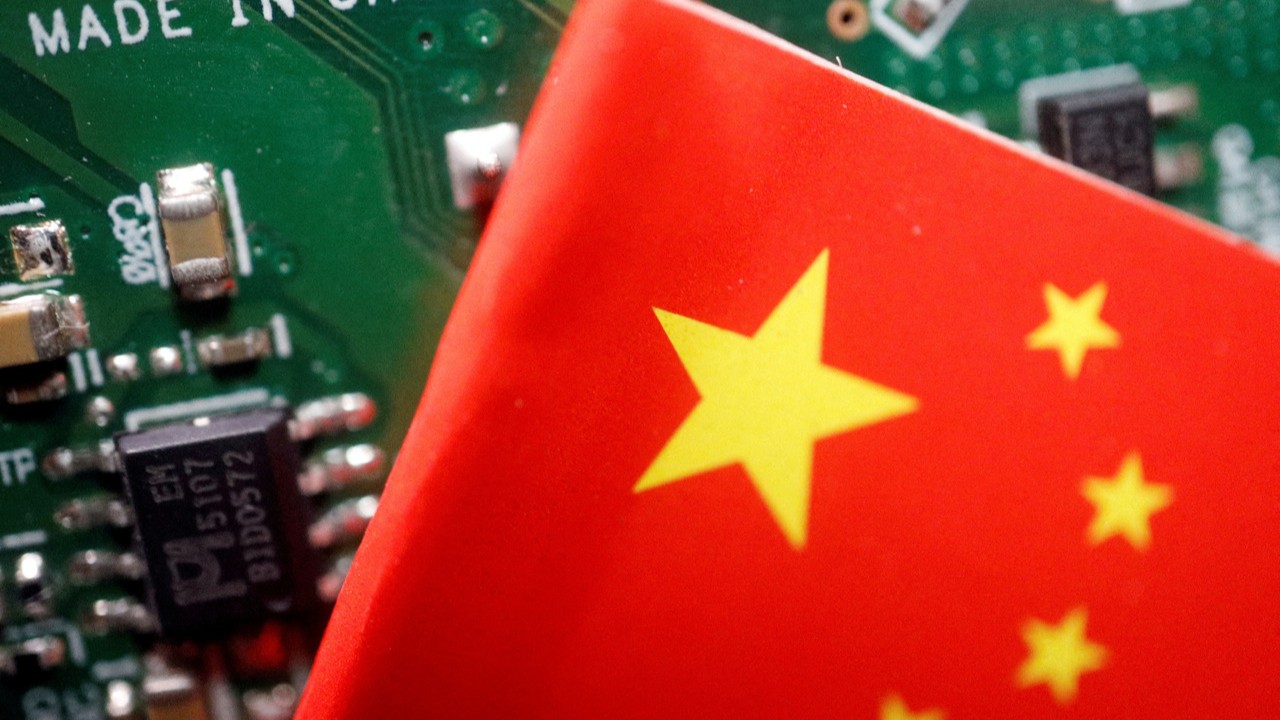China's semiconductor imports provide silver lining
Amidst global challenges in the semiconductor supply chain, China's semiconductor imports show a silver lining, signaling resilience and adaptability.

Despite a challenging year for the global semiconductor supply chain, recent data from the General Administration of Customs highlights China's incremental improvement in chip imports. From January to September, China imported 355.9 billion integrated circuits (ICs), though this figure is a drop from the 416.7 billion imported during the same period last year, it signals a recent upturn.
China's semiconductor imports provide silver lining
Despite a challenging year for the global semiconductor supply chain, recent data from the General Administration of Customs highlights China's incremental improvement in chip imports. From January to September, China imported 355.9 billion integrated circuits (ICs), though this figure is a drop from the 416.7 billion imported during the same period last year, it signals a recent upturn.
Resilience amidst declining value
The total value of these imports saw a 19.8% year-on-year decrease, totaling $252.9 billion. However, this performance represents a notable improvement from the harsh 26.7% decline witnessed in the first quarter. In contrast, China's overall import value saw a more moderate 7.5% decline over the nine-month period.
Navigating a complex global environment
This subtle resurgence in China's semiconductor imports occurs in a complex global landscape. Many Chinese tech companies are grappling with Washington's strategic export restrictions, aimed at limiting China's access to advanced AI technology. However, these restrictions have created unintended consequences, affecting not only China but also the U.S. and its allies, who are vital players in the global semiconductor supply chain.
Data further reveals a decline in China's imports from U.S. allies, including South Korea, Japan, and Taiwan, with the most substantial drop being a 23% decline in imports from South Korea, followed by Japan and Taiwan with declines of 16.3% and 20%, respectively.
Resilience and adaptability
Nevertheless, China's improved semiconductor imports indicate a level of resilience. In a world grappling with semiconductor shortages and export restrictions, China appears to be navigating these challenges with both caution and agility. This trend signifies more than just numerical improvements; it hints at China's ability to adapt to a shifting tech landscape, even in the face of multifaceted challenges.
China's evolving role in the semiconductor arena not only affects its own tech industry but also has implications for the broader global tech supply chain. As the landscape continues to shift, China's approach to semiconductor imports will remain a crucial factor to watch.







